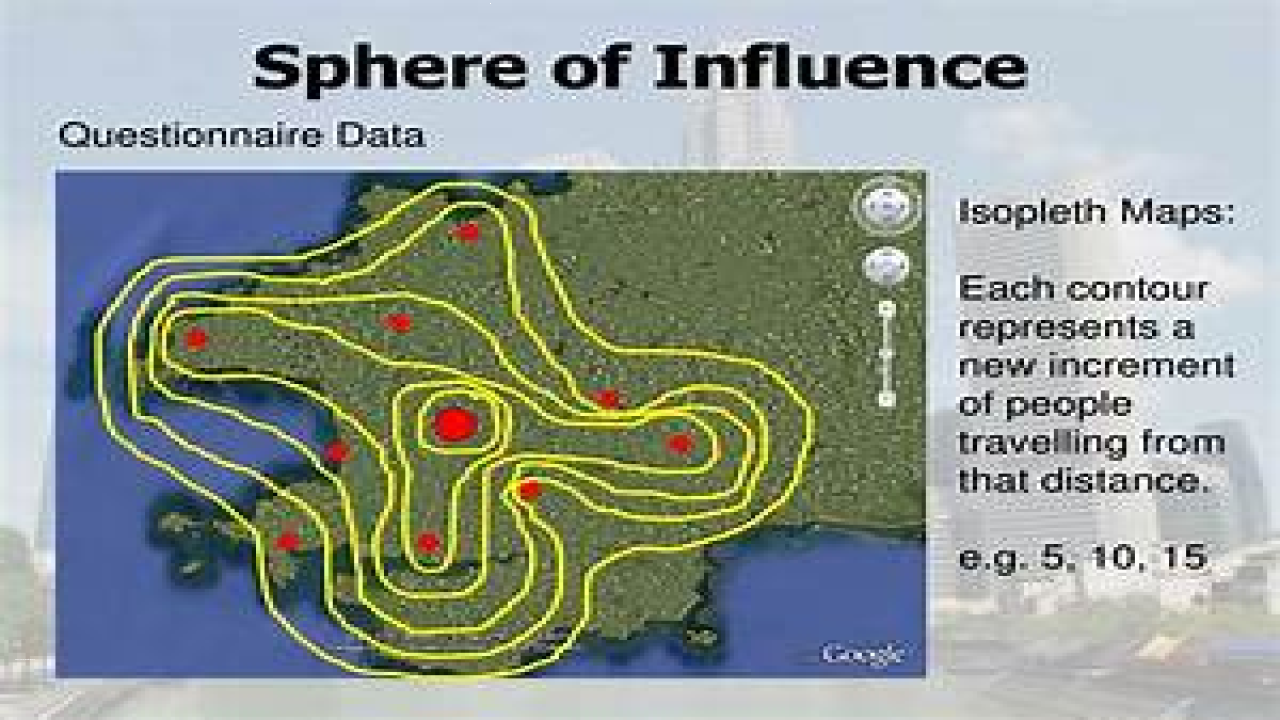Sphere of Urban Influence
The sphere of urban influence refers to the area surrounding a city or town that is influenced by its economic, social, and cultural activities. This area can vary in size and scope, depending on factors such as population size, economic activity, and transportation infrastructure.
Meaning of Sphere of Urban Influence
The sphere of urban influence refers to the area surrounding a city or town that is influenced by its economic, social, and cultural activities. This area can be defined in terms of its physical boundaries, such as a commuting distance or a defined administrative area, or in terms of its economic and social interactions with the urban center.
History of Sphere of Urban Influence
The concept of the sphere of urban influence can be traced back to the early 20th century, when urbanization became a prominent feature of economic and social development. The concept emerged as scholars sought to understand the patterns and dynamics of urban growth and organization.
Types of Sphere of Urban Influence
The sphere of urban influence can be classified into several types, including:
- Metropolitan Regions: Metropolitan regions are areas that are heavily influenced by a large urban center, typically with a population of over one million. These areas are characterized by high levels of economic activity, cultural significance, and political influence.
- Suburban Areas: Suburban areas are areas that are influenced by a nearby urban center, typically with a population of between 10,000 and one million. These areas are characterized by a mix of residential, commercial, and industrial land uses.
- Rural-Urban Fringes: Rural-urban fringes are areas that are located on the outskirts of an urban center and are influenced by its economic and social activities. These areas are characterized by a mix of urban and rural land uses, and may experience rapid development and population growth.
Examples of Sphere of Urban Influence
Here are some examples of the sphere of urban influence:
- Metropolitan Regions: The Greater Tokyo Area, with a population of over 38 million people, is heavily influenced by the economic, social, and cultural activities of Tokyo, Japan.
- Suburban Areas: The San Francisco Bay Area, with a population of over 7 million people, is heavily influenced by the economic and cultural activities of San Francisco, California.
- Rural-Urban Fringes: The urban fringes of Shanghai, China, have experienced rapid development and population growth as a result of the city’s economic and social influence.
Issues with Sphere of Urban Influence
Despite its importance in understanding the dynamics of urban growth and organization, there are several issues associated with the sphere of urban influence, including:
- Economic Disparities: The concentration of economic activity in urban centers can lead to economic disparities between urban centers and rural areas, as well as between different urban centers.
- Environmental Concerns: Urban centers and their spheres of influence can have a significant impact on the environment through activities such as transportation, construction, and waste management.
- Social Isolation: The concentration of economic and social activity in urban centers can lead to social isolation in rural areas, where access to services and amenities such as healthcare, education, and cultural institutions may be limited.
- Infrastructure: The growth and development of urban centers and their spheres of influence can place significant demands on infrastructure such as transportation networks, water and sanitation systems, and energy grids.


